Williams has taken significant strides forward in the 2025 Formula 1 season, thanks to a strategic focus on key areas of development.
After a challenging 2024 season, the British outfit has started 2025 with steady progress, showing clear signs of improvement on track.
Alex Albon, who has been in impressive form this season, has racked up an impressive 54 points so far. His performances have firmly established him as the best of the rest and helped propel Williams into contention for fifth place in the Constructors’ Championship.
While Williams hasn’t fully turned the corner yet, the team’s progress is clear and purposeful as it continues to push to regain its former glory.
According to Team Principal James Vowles, one of the biggest factors behind the progress made so far has been reducing the car’s weight and ensuring a reliable supply of spare parts.
“So I don’t think we’ve turned around – I think we’re gently moving the right way,” he told media including Motorsport Week.
“But answering your question more seriously, the main thing is this. Last year, the car was very heavy. We didn’t have the right amount of spare parts.
“We effectively threw a lot of technology through in terms of ideas, but could not deliver on the back end of it.
“One of the biggest fixes we’ve been putting in place for the last 24 months is making sure we can deliver from what we call concept or cradle to grave, but from concept to track as quickly as possible at the right cost level.
“And that’s one of the biggest changes. And you can see that with this year’s car. The car was on time. We had plenty of spares around us. We can develop multiple updates across the year.
“We’ve done multiple front wings, multiple packages. That’s a change if you look back at Williams’ history; that’s been one of the key changes. So on the weight limit, right product at the right time.”
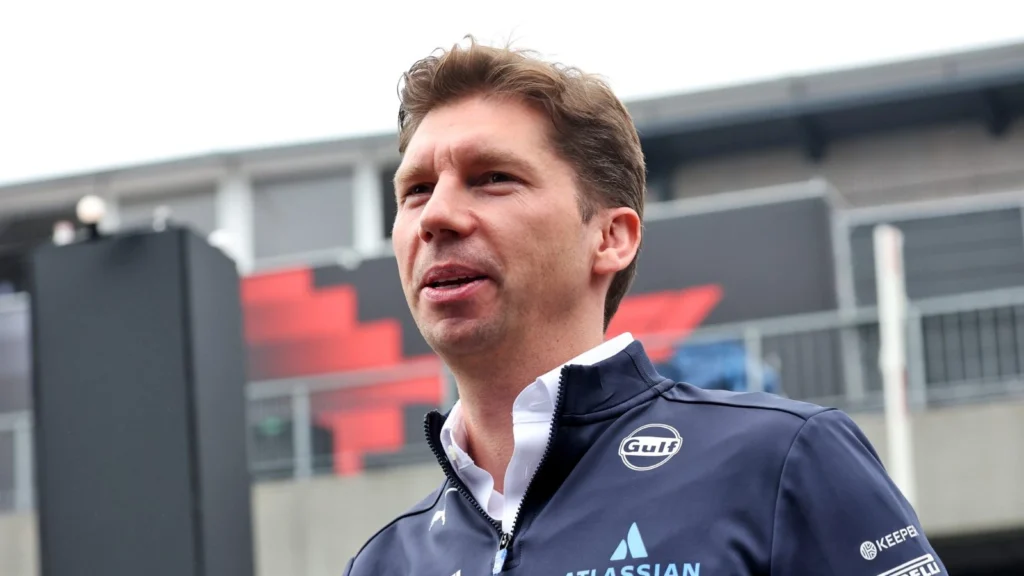
The hidden metrics driving Williams’ progress
Building on the importance of having the right parts at the right time, Vowles highlighted the second crucial factor behind Williams’ turnaround: improving internal processes and key performance indicators (KPIs) that might not be obvious to outsiders but are vital for the team’s efficiency.
“Number two is KPIs that aren’t as exciting to the outside world because only I can see them,” he explained.
“But what I’m looking at is fundamentally how much we can push through our organisation and our factory in any one given week.
“So, whether that’s in production or design, effectively how many releases can we do in a week? How many of those can we push through production in a week? How much do we push externally?
“And we’re in a much better place for a cost cap world. That’s what we’ve been really trying to fix. Because it now gives me more money to then make sure we build the organisation and fix the organisation.
“We don’t use Excel spreadsheets anymore. And I joked about it two years ago. I wasn’t joking at the time. But we’re now in a situation of using modern-day ERP, MPLM tools in order to design, build the car. That’s a big change.
“And there’s more changes this week that have helped us again for our future.
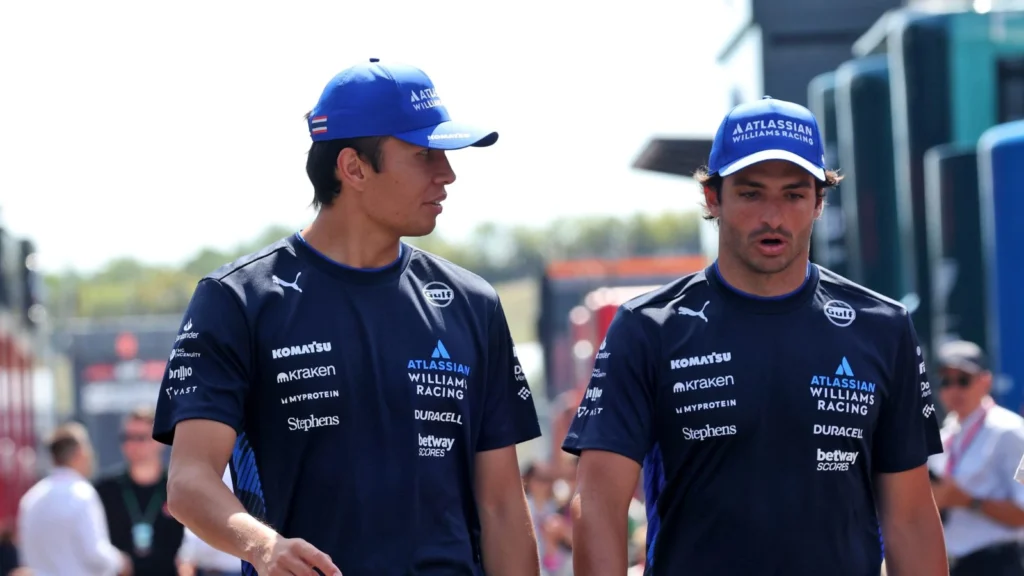
Uniting Williams’ growing team for success
Finally, the Williams boss indicated how communication was the crucial final piece in the team’s resurgence.
Emphasising the need for unity in an expanded team, he explained how breaking down silos is key to modern F1 success.
“The next one is that we’re communicating,” he addressed. “I know this sounds really strange.
“But almost the organisation built up from 200 people to 700 people, 800 people. But everyone stayed in what they knew and how to do.
“And that’s not how you become successful in modern-day Formula 1. You need all 1,000 people working together. So you’re one team, not seven entities.”
With these changes firmly in place, Williams looks set to continue its steady climb back towards the front of the grid.
READ MORE – Why Williams hasn’t felt impact of recent F1 aerodynamic testing time reduction

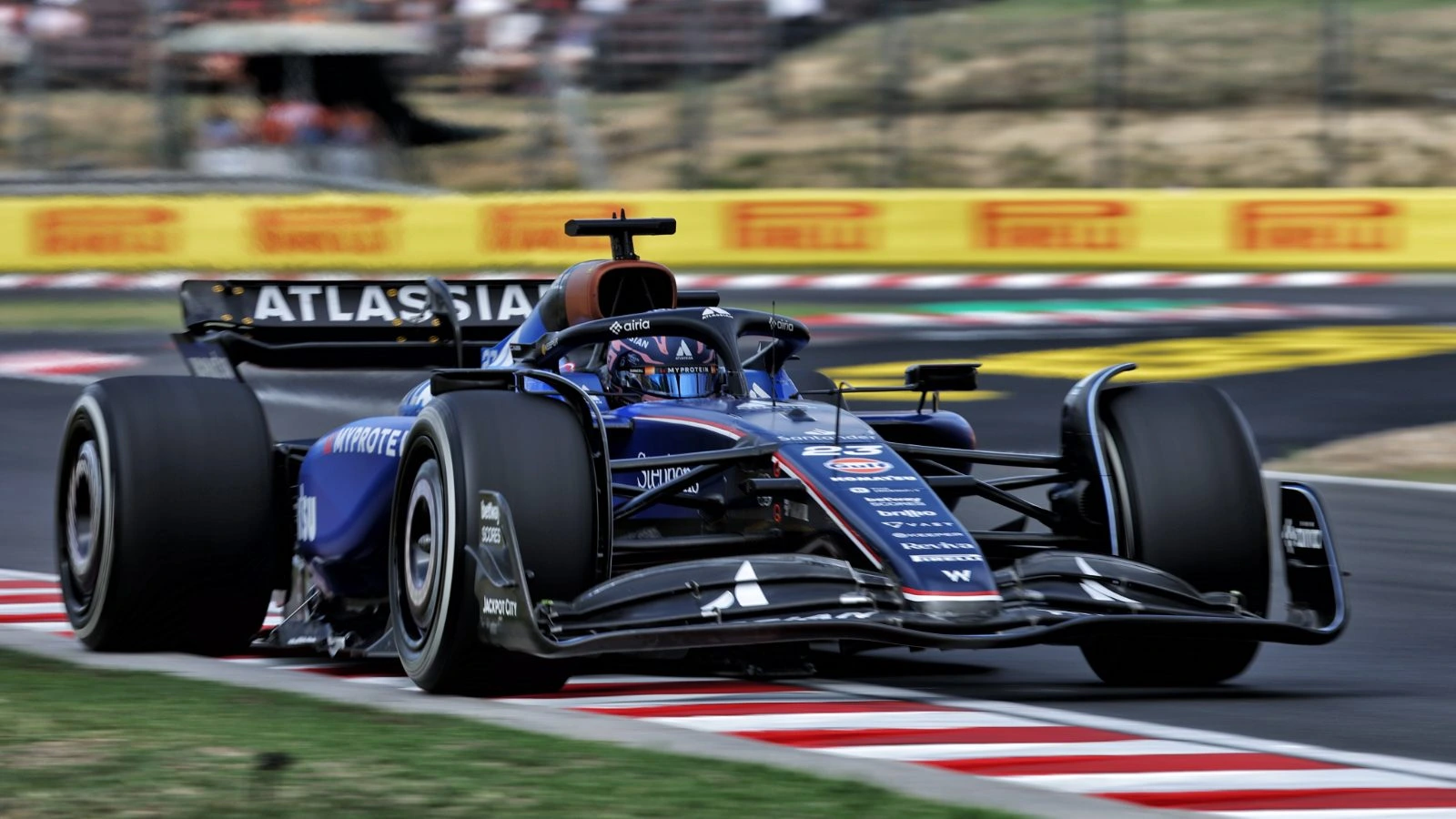


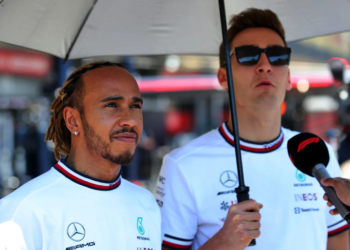

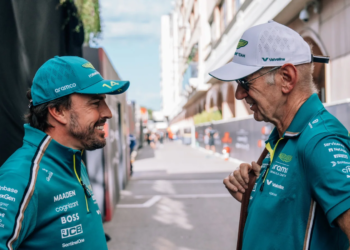
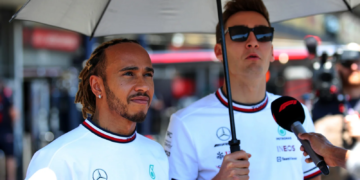

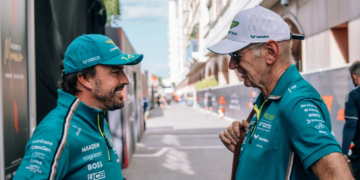
Discussion about this post